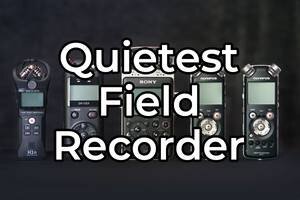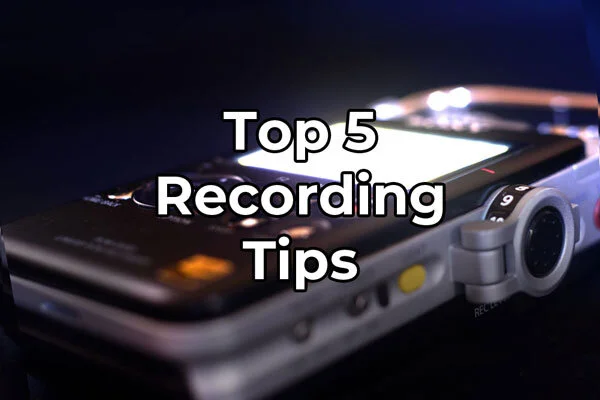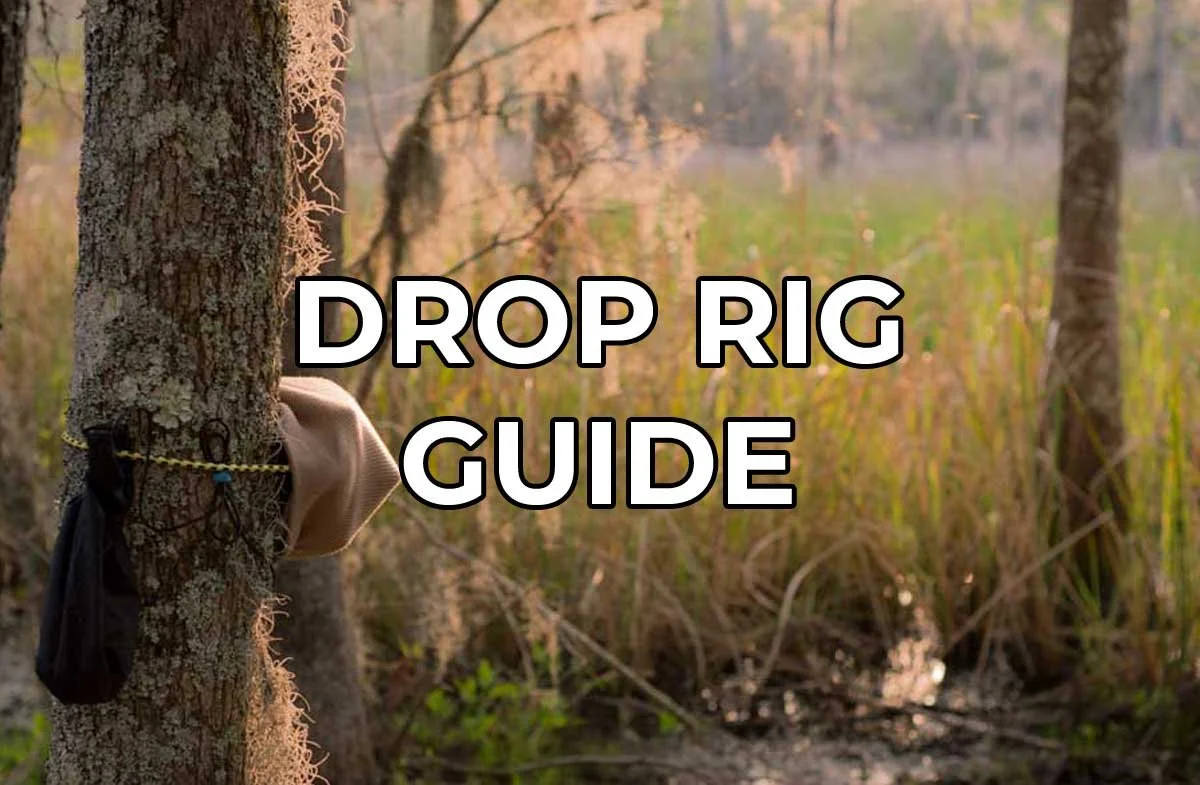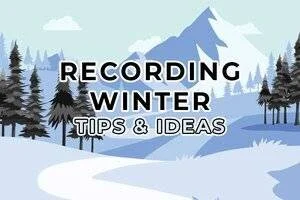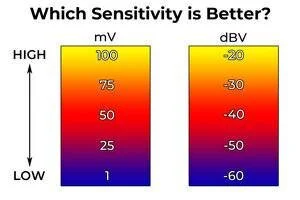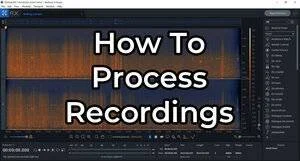How to Get Started in Field Recording
Learn how to turn your interest into a passion for field recording.
So, you’re interested in beginning field recording but are unsure where or how to start? You’ve come to the right place! Not long ago, I was in your shoes and I’d like to share what helped me succeed and keep myself motivated.
In this post, we will talk about what field recording is, why you should field record, what you could record and the essential gear you need to get started.
Links on this page are affiliated with Sovrn and Amazon Associates networks.
What is Field Recording
Field recording is the act of recording the sounds of an environment. The environment can be natural, human-made or a blend of both. Although these are just two categories, they encompass virtually all sounds.
Natural sounds exist without dependence on humans. They make noise with or without us. These are sounds like birds, wind and rain. These ancient sounds are very relaxing to listen to and are a popular genre of field recording.
On the other hand, human-made sounds exist solely because of people. Without humans, these sounds would go extinct. Yes, some of our machines would persist in our absence, buzzing and humming about, but eventually they would break and become silent. These sounds include vehicles, machines and even just people themselves!
These two genres, natural and human-made, cross paths so often that it is difficult to record one without the other. As a nature field recordist, this is an unfortunate truth. Even in the middle of nowhere, it is still difficult to record more than 10 minutes of uninterrupted natural sounds.
However, even if nature sounds is not your niche, you will encounter this blend of sounds. Even in the most industrialized areas, there are still some birds, and nowhere is free from wind and other weather sounds. Get the idea? We live in the natural world. The only way to escape natural sounds is to record in an engineered environment (recording studio).
Why Field Recording is Popular
Field recording is an incredibly rewarding hobby. It records an environment in a way no other form of media can match. Photography and videography fall short in detail to what field recording captures. With a 96kHz sampling rate, just 11 seconds of recorded audio contains over one million sonic images! This level of detail makes field recording one of the best ways to capture memories.
In fact, whether realized or not, most people get started with field recording as a way to preserve memories. We record places that we enjoy and wish to experience again in the future. When we listen to these recordings, we relive not only the sights and sounds, but also the emotions we experienced in that place.
I record nature sounds because that’s where I feel the best. When I listen to my nature recordings, I feel happy, relaxed and at peace (the same emotions I feel when in the field).
What to Record
To set yourself up for success, you need to record something you are passionate about. Without a passion for your topic, you will quickly lose interest in field recording and sell your gear on eBay. So, how do you find sounds you are passionate for?
Given the endless supply of sounds on our planet, picking just one to start with can be difficult. If you are just getting into field recording, you’ll want your topic to be interesting enough to stay motivated.
The best way to do this is to record the sounds of something you are already interested in. Think about your hobbies, interests and places you love to visit. Make a list of all of these possible topics.
Then, think about what sounds are associated with those subjects. Would you enjoy recording those sounds? More importantly, would you enjoy listening to those sounds? If so, that is the perfect place to start your field recording journey.
If you are having trouble coming up with a list of interests, try this list. Does anything resonate with you?
| Natural | Human-made | Hobby |
|---|---|---|
| Birds | Cars | Birding |
| Water | Trains | Carpentry |
| Wind | Aircraft | Drawing |
| Rain | Cityscape | Musical Instrument |
| Thunder | Weaponry | Sound Effects |
| Fire | Music | Walking |
| Wildlife | Speech | Blacksmithing |
What You Need to Start Recording
At bare minimum, you need a device to record your desired sounds. There is an option for every budget. My recommendations are below. A future post will look into more detail comparing and contrasting field recorder options.
Beginner: Zoom H1n
The Zoom H1n is not on the Avisoft list so I do not have a specific noise value for it. However, I personally own one and estimate it to be -116 dBu.
At this price and quietness, it has no direct competitor that is still in production.
To hear how good the H1n sounds recording quiet nature sounds, click here.
The H1n is easy for the beginner to use and produces high-quality audio for more professional projects.
Click here to read my full review on my H1n.
Enthusiast: Zoom H5
Ideal for documentaries, podcasting, audio for video, and professional sound design, the Zoom H5 portable handheld recorder lets you quickly record up to four input signals regardless of your audio experience. With a swappable stereo microphone capsule, versatile 2-channel inputs, and up to 4-track recording, the H5 is both user-friendly and easily expandable.
Great preamplifier noise performance (-121dBu)
2 XLR inputs with phantom power
Detachable and interchangeable shock mounted mics
Professional: Sony PCM D-100
The Sony PCM-D100 2-Track Portable Audio Recorder is capable of recording audio from its built-in stereo mics in up to 192 kHz / 24-bit. It has 32 GB of internal memory and supports external memory via its SDXC card slot. The PCM-D100's stereo mics can be arranged in 90° XY or 120° wide stereo positions, depending on the subject being recorded.
Awesome preamplifier noise performance (-127dBu)
Included wind protection
90° X/Y or 120° wide stereo mic positions
This is my go-to recorder. Click here to read my detailed review of the D100.
How to Stay Motivated
You may reach a point in your field recording career when you lack the motivation to go into the field and capture more recordings. Here are some suggestions to get you energized and excited about continuing.
Listen to the work of others. I recommend every field recordist to get a Soundcloud account to share your work. While you’re at it, look up field recordists in your genre, listen to their recordings and leave feedback on their tracks.
Not only will these actions be returned to you (giving you valuable feedback and followers), but you will be inspired to try new techniques and approaches to your work. I have learned many techniques this way.
Change your variables. If your recording methodology gets stale, mix it up! There are so many variables to play with to rekindle your passion.
Experimenting with different microphone heights; how would your subject sound from above or below?
Try new locations. Does your subject occur in different environments? How would it sound there?
Change your time of day or season to capture how your subject changes during these times.
Try a related/new genre. If your subject material is becoming boring to record, or you feel you have captured all the sonic expressions of your subject, try branching out into a related genre.
For example, if you are an avid bird recordist, your recording equipment and techniques can be used to capture many other kinds of animals. Would you be interested in capturing the calls of frogs, the scurrying of rodents, or the sounds of larger mammals?
If all else fails, go back to your list of interests and see if any other options gets you excited to begin recording an entirely new genre.
Get Started Now
The hardest part is beginning. Get yourself over the hump and decide to try field recording today! You’ll love it. And if you don’t, field recording equipment holds its value well so you likely won’t lose much (if any) money reselling on eBay. Maybe I’ll buy it ☺
Support Acoustic Nature
If you enjoyed this post and would like to help support Acoustic Nature, please consider "buying me a coffee" or becoming a Patreon with the buttons below.
As a thank you for your support, Patreon supporters receive a copy of Field Recording For Beginners, exclusive access to the full Behind The Sounds video series, nature sound library downloads, and more.
If you are unable to support the site financially, please share this post with others, or leave a comment below letting me know you enjoyed this post! Both are free and help the website grow. Thank you ♫
Thanks for reading,
-Jared






